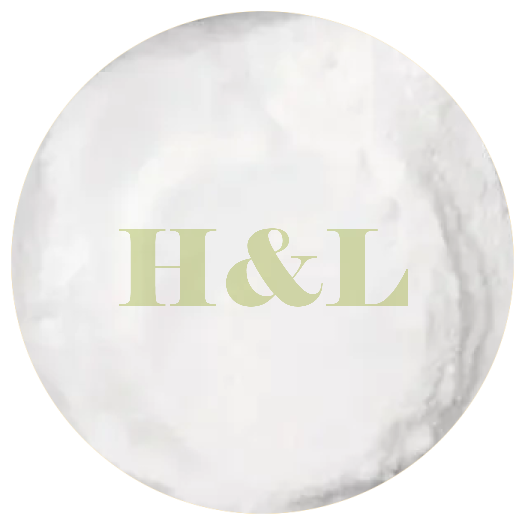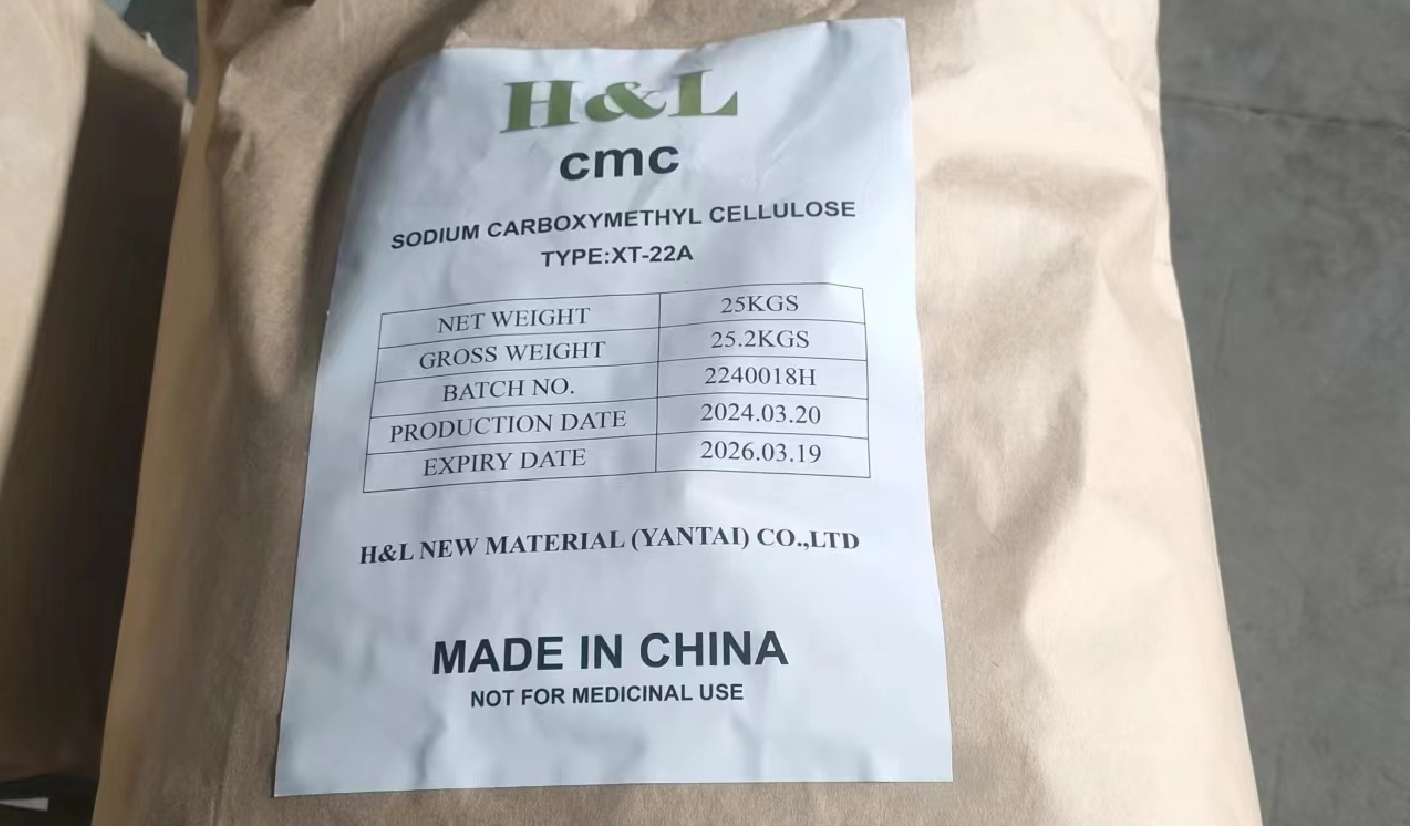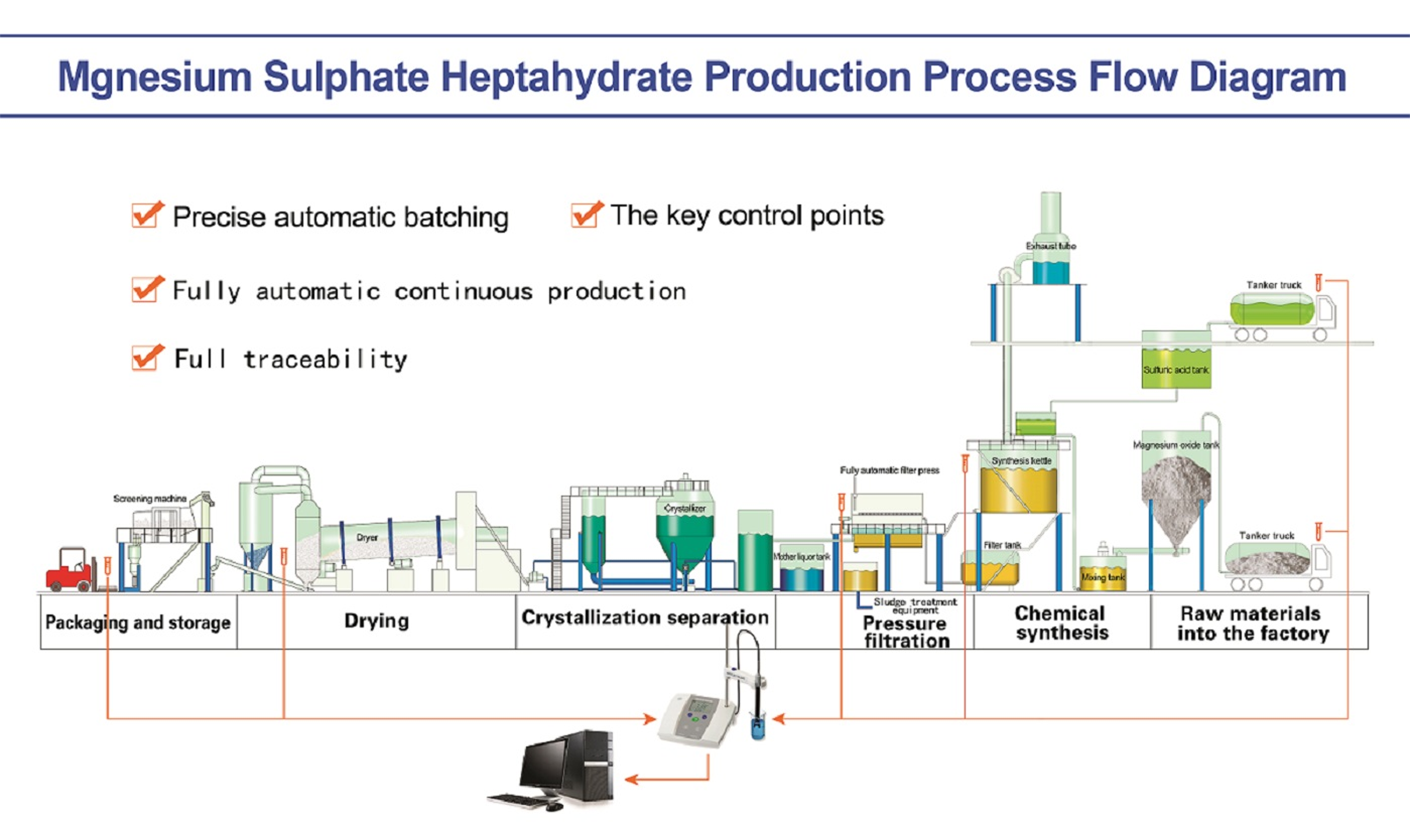Sucralfate is a medication primarily used to treat and prevent ulcers in the stomach and intestines. Here’s a breakdown of its main uses and how it works:
### Indications
1. **Peptic Ulcers**: Sucralfate is effective in treating active duodenal ulcers by forming a protective barrier over the ulcer, which helps it heal.
2. **Prevention of Ulcers**: It can be used to prevent the recurrence of peptic ulcers, especially in patients who are at high risk.
3. **Gastroesophageal Reflux Disease (GERD)**: It may be used to treat symptoms of GERD by protecting the esophagus lining.
4. **Stress Ulcer Prophylaxis**: In hospitalized patients, it can help prevent stress-induced mucosal disease.
### Mechanism of Action
- **Barrier Formation**: Sucralfate binds to the ulcer site and creates a protective coating. This barrier shields the ulcer from gastric acid, bile salts, and other irritants, promoting healing.
- **Stimulation of Mucosal Defense**: It may also stimulate the secretion of mucus and bicarbonate, which further protects the gastric lining.
### Dosage and Administration
- Sucralfate is typically taken orally, often in tablet or liquid form.
- It’s important to take it on an empty stomach, usually 1 hour before meals and at bedtime.
### Side Effects
Common side effects may include:
- Constipation
- Dry mouth
- Nausea
Less common but more serious side effects can include allergic reactions or gastrointestinal obstruction.
### Precautions
- Patients with kidney disease should use it cautiously due to the risk of aluminum accumulation.
- It can interact with other medications by affecting their absorption; therefore, it’s often recommended to take other medications at least 2 hours apart.
### Conclusion
Sucralfate is a valuable medication for managing and preventing ulcers in the digestive tract. Always consult with a healthcare provider for personalized medical advice and to determine if it's appropriate for your condition.

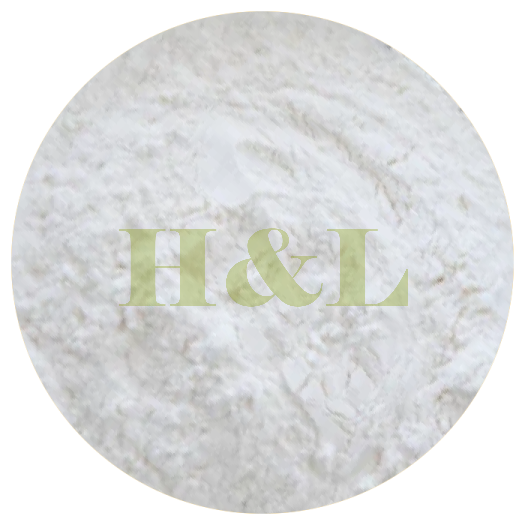
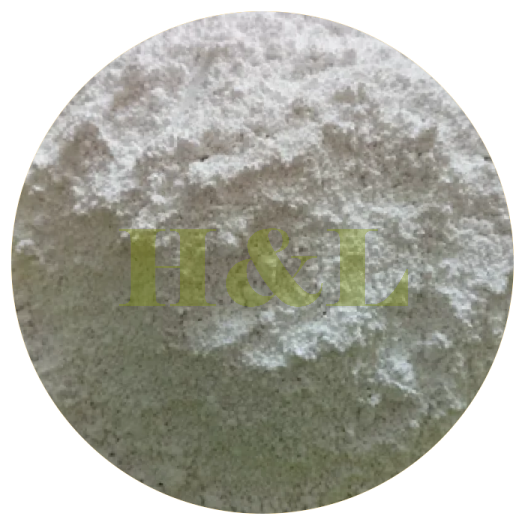
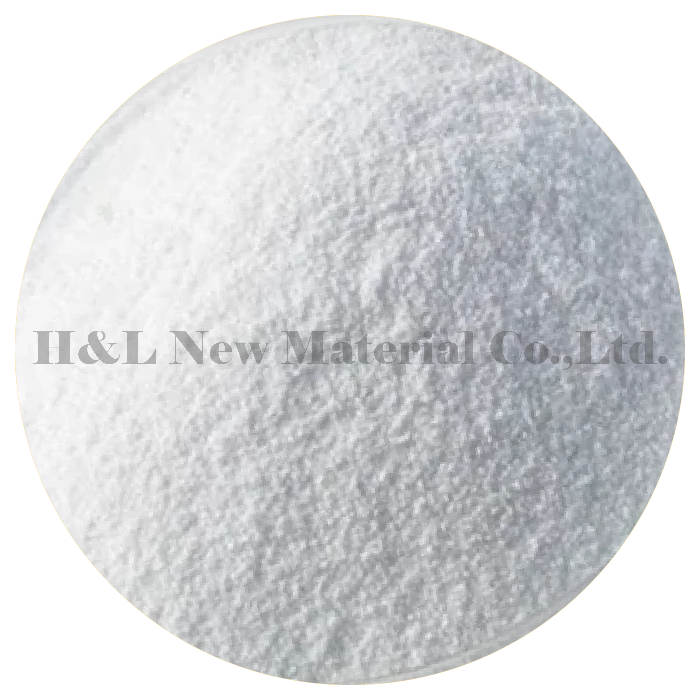
 Guarantee safe
Guarantee safe 
